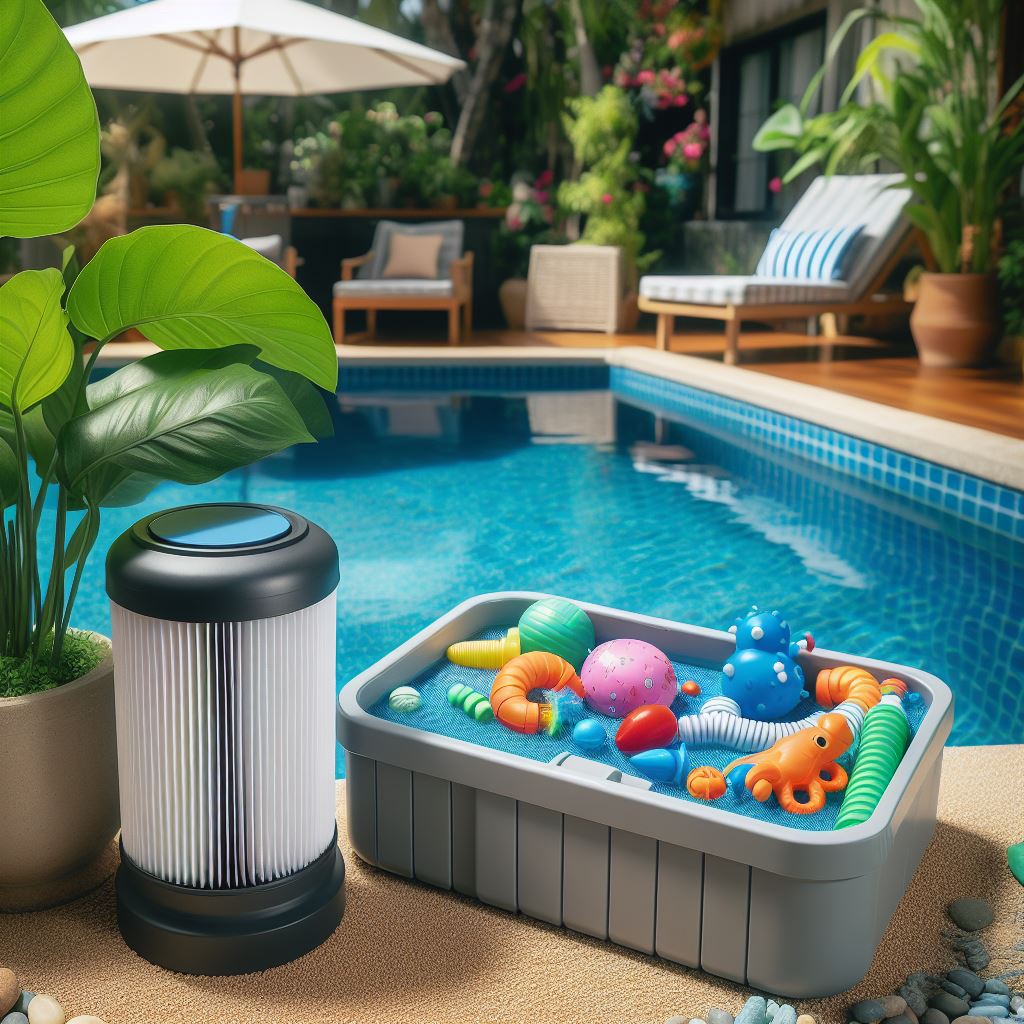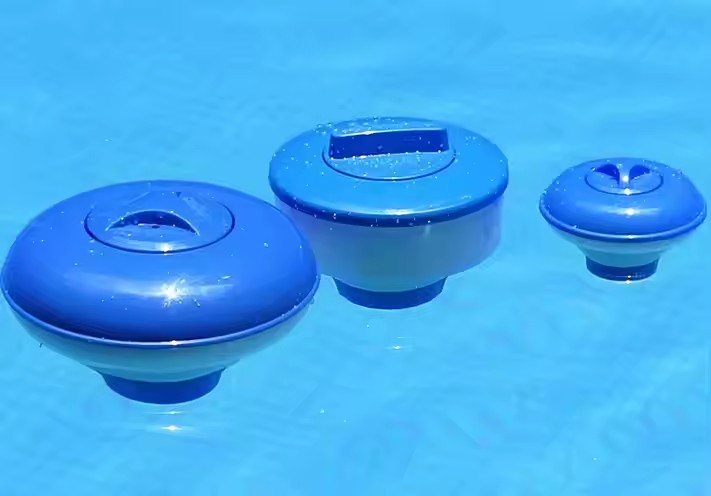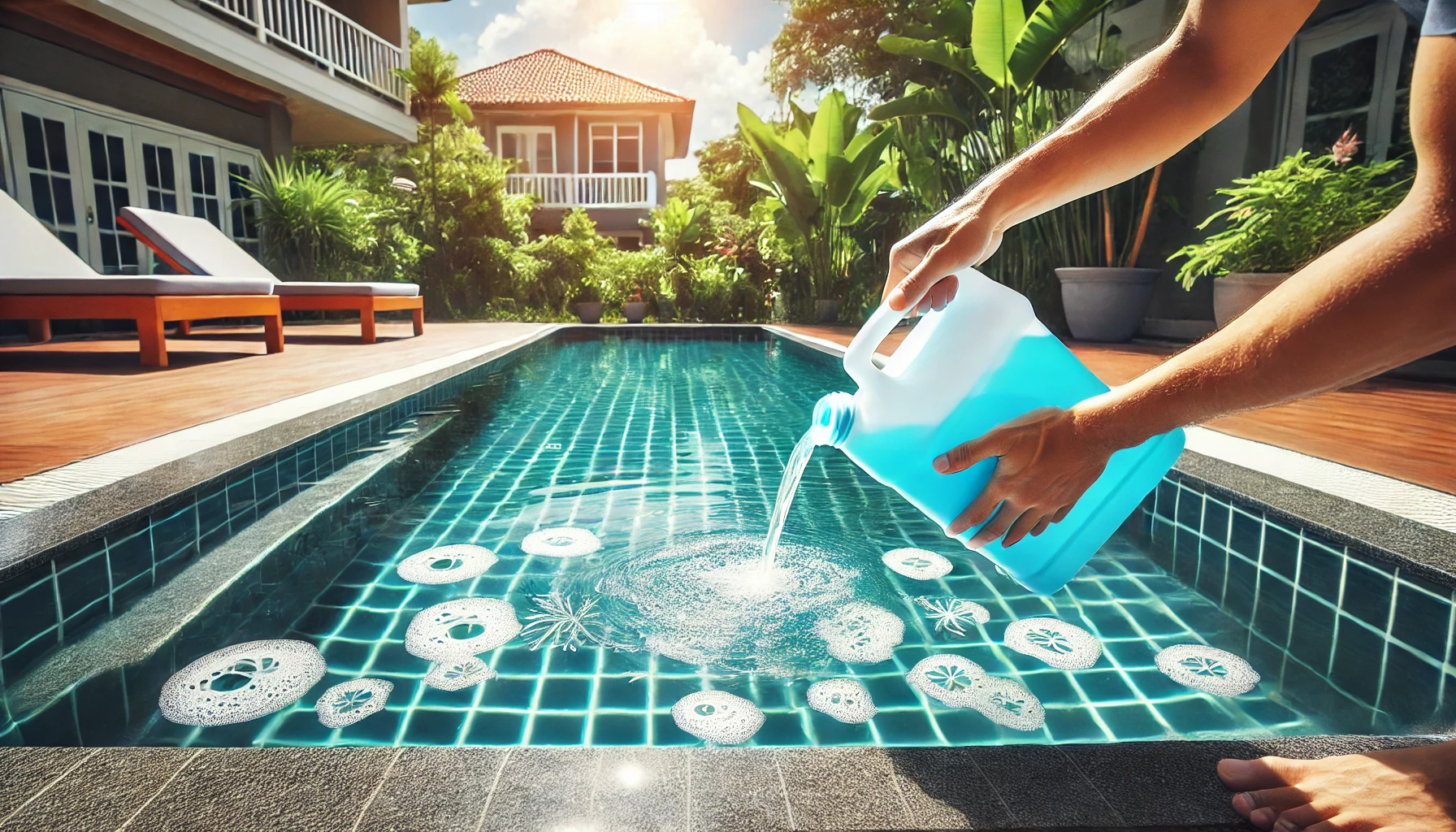Maintaining cleanliness and efficiency in a swimming pool is a crucial task for every pool owner, and selecting the appropriate filter sand is key to ensuring clear water and a smoothly functioning filtration system. What kind of sand for pool filter? This article will delve deeply into the different types of filter sand, including silica sand, glass sand, and zeolite sand, analyzing their advantages and disadvantages and their applicable scenarios to help you make the best choice for your pool.

1. Silica Sand
Silica sand is the most widely used type of sand in pool filtration systems. Due to its low cost and availability, it is the preferred choice for many pool owners. The grain size of silica sand generally ranges from 20 to 40 mesh, effectively filtering out most particles larger than 20 microns, including common impurities such as dirt and leaf fragments. Additionally, silica sand requires regular backwashing to remove accumulated dirt and maintain filtration efficiency. Although silica sand has a shorter lifespan, typically needing replacement every 3 to 5 years, its low cost and wide availability make it a practical choice.
2. Glass Sand
Glass sand, also known as glass beads, is made from finely ground recycled glass. The main advantage of this material is its high filtration efficiency, capable of capturing particles smaller than those silica sand can (about 5 to 10 microns). The surface of glass sand is smoother and less likely to harbor biofilm, therefore it is easier to maintain and less prone to bacteria growth. Also, the lifespan of glass sand is longer, lasting up to 7 to 10 years. Although the initial cost is higher, the less frequent replacement and lower maintenance demands make glass sand a long-term economical investment.
3. Zeolite Sand
Zeolite sand is a filtration material extracted from the natural mineral zeolite, known for its high ion exchange capacity. Zeolite sand not only filters out physical particles but also removes harmful substances from the water through chemical adsorption, such as ammonium ions and other heavy metals. This makes zeolite sand particularly suitable for scenarios requiring high water quality. Additionally, the microporous structure of zeolite enables it to capture fine particles as small as 3 to 5 microns. Although zeolite sand is more expensive than silica and glass sand, its excellent filtration performance and chemical cleaning capabilities make it highly cost-effective.
Choosing the Right Pool Filter Sand
Budget Considerations
Silica sand is the least expensive option, suitable for pool owners with limited budgets. While glass sand and zeolite sand require a higher initial investment, considering their longevity and low maintenance costs, they may be more cost-effective in the long run.
Filtration Needs
If your pool is located in an area with many trees or is frequently used, a more efficient filtration system may be necessary. In such cases, glass sand or zeolite sand, due to their finer filtration capabilities, would be more appropriate choices.
Maintenance and Replacement Cycle
Silica sand requires more frequent replacement, typically every 3 to 5 years, whereas glass sand and zeolite sand have longer lifespans, lasting up to 7 to 10 years. Choosing durable materials can reduce long-term maintenance work and associated costs.
In conclusion, choosing the right pool filter sand is vital for maintaining the cleanliness and health of your pool. Understanding the characteristics and costs of different types of sand, combined with your specific needs and budget, will help you make the best decision. By selecting the appropriate filtration material, you can not only keep your pool visually appealing but also ensure a safe and enjoyable swimming experience.


